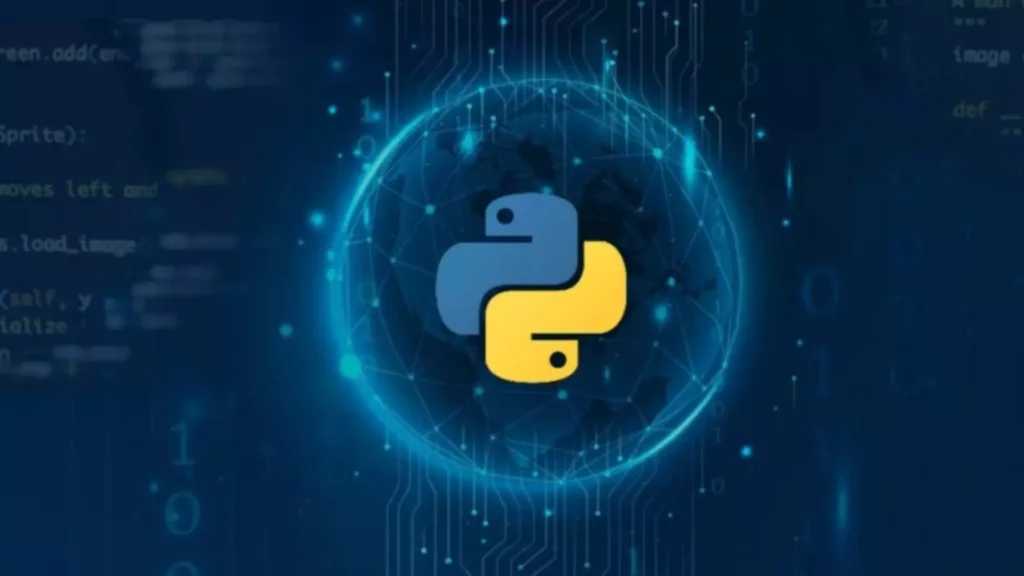Now, we have to delete the newly created entity i.e. the coed whose scholar id is 5. To delete an entity utilizing Entity Framework, we need to use the Take Away method on the DbSet object. The Take Away methodology works for each current and newly added entities. Calling Take Away on an entity that has been added but not yet saved to the database will cancel the addition of the entity. The entity is removed from the change tracker and is now not tracked by the DbContext object and in that case, there isn’t a database interplay when we name the SaveChanges technique. In the next instance, the coed is removed from the database whose id is 5.
Update Knowledge
In this article, I am going to debate DbContext Class in Entity Framework Database First Approach intimately with Examples. Please learn our previous article where we discussed Mannequin Browser in Entity Framework. At the end of this text, you’ll understand the need and use of the Entity Framework DbContext class intimately https://deveducation.com/. We are going to work with the same instance that we created in our Introduction to Entity Framework Database First Method article.
You can then take benefit of the DbContext constructor to pass configuration data, corresponding to a connection string. When working with Entity Framework Core, the DbContext represents a connection session with the database. It works as a unit of work, enabling developers to monitor and management changes made to entities before saving them to the database. We use the DbContext to retrieve data for our entities or persist our entities in the entity framework approaches database. Reads lessons and code-based configurations to construct an in-memory model, metadata, and relevant database. It also manages associations between utilizing data annotations/Fluent API.

Creating The Context Class

In this article, I will discuss the DbContext Class in Entity Framework Core. Please read our earlier article, which discusses how to install Entity Framework Core in .NET functions. We will work with the example we created in our previous article and talk about How to Install Entity Framework Core in our .NET Software. “Even when it could be very important observe the Persistence Ignorance principle in your Domain mannequin, you shouldn’t ignore persistence concerns.
It retains monitor of the state of each entity through change tracker API. The state of the entity may be Added, Unchanged, Modified, deleted and detached and so on. We have accomplished creating the preliminary area classes for our software. As we progress on this course, we’ll add extra area courses to this instance. The DbContext keeps monitor of adjustments made to the entities within its scope. It can detect additions, modifications, and deletions, which permits for efficient updates to the database.
- This API makes use of the validation options already inbuilt .NET Framework.
- One is to use the dependency injection, which is what we used in the instance above.
- As per the Microsoft suggestions, we’ve given the property name in the plural type of the entity name, like College Students and Branches.
We can create manually this class and configure it in DbContext like under or we will create all models of all or specific objects from Database. Entity framework uses connection string to specify the database it connects to. To arrange a connection string you first must override the OnConfiguring technique. The OnConfiguring method accepts one argument of sort DbContextOptionsBuilder. This optionsBuilder object offers varied extension methods for choosing completely different server sorts.
Performing Crud Operation
As Quickly As the SaveChanges technique execution is accomplished efficiently, it will transfer the Entity state from Modified to Unchanged state. The DBContext’s change tracker retains monitor of those operations and sets the EntityState of each entity. This state is then used while saving the entity into the database, by producing the proper insert, alter, delete queries. It will get the data from the database and populates the objects, tracks their state using change tracking, and at last persists the data to the database. Next, create another class file named Branch.cs within the Entities folder and replica and paste the next code. As you can see, we’re creating the Branch class with a few scalar properties and one assortment Navigation property called Students.
The following code is self-explained, so please go through the comment lines. The class is derived from the System.Information.Entity.DbContext class is recognized as a context class in the entity framework. Now, allow us to proceed and attempt to understand what are the obligations of the Entity Framework Context class intimately. The DbContext is commonly referred to as the context is the class which is answerable for interacting with the entity model and the database. It allows you to question, insert, update and delete operations on the entities.
The DbContext class is current in Microsoft.EntityFrameworkCore namespace. So, allow us to see tips on how to create a DbContext class that features the Student and Branch entities. The DbContext is a singleton class that represents the gateway to all information entry, and due to this fact shouldn’t be instantiated more than once. If you need multiple database connections or have a number of energetic contexts working in parallel, then use the DbContextFactory class as an alternative.
You may then select one of the best strategy and modify the query earlier than utilizing the question once more. A DbContext represents a set of entity units or tables in your database. It allows us to write down strongly-typed code against our database without having to deal with low-level SQL statements or having to worry about manually mapping lessons to database tables.
Add Knowledge
Each of these courses are POCO (an acronym for Plain Old CLR Objects) classes. The concept of a DbContext has been round because the first version of the Entity Framework was launched. It is one of the fundamental building blocks within the Entity Framework and Entity Framework Core that are used for creating, querying, and updating information from a database.

It will reuse the connections wherever attainable and creates a new connection only when needed. The OnModelCreating is the strategy where you can configure the mannequin. The occasion of the ModelBuilder is passed as the argument to the onModelCreating technique. The ModelBuilder supplies the API, which is used to configure the form, knowledge type, relationships between the fashions and so on. Now that we now have configured our DbContext and defined the classes with DbSet, we will carry out operations with it.
